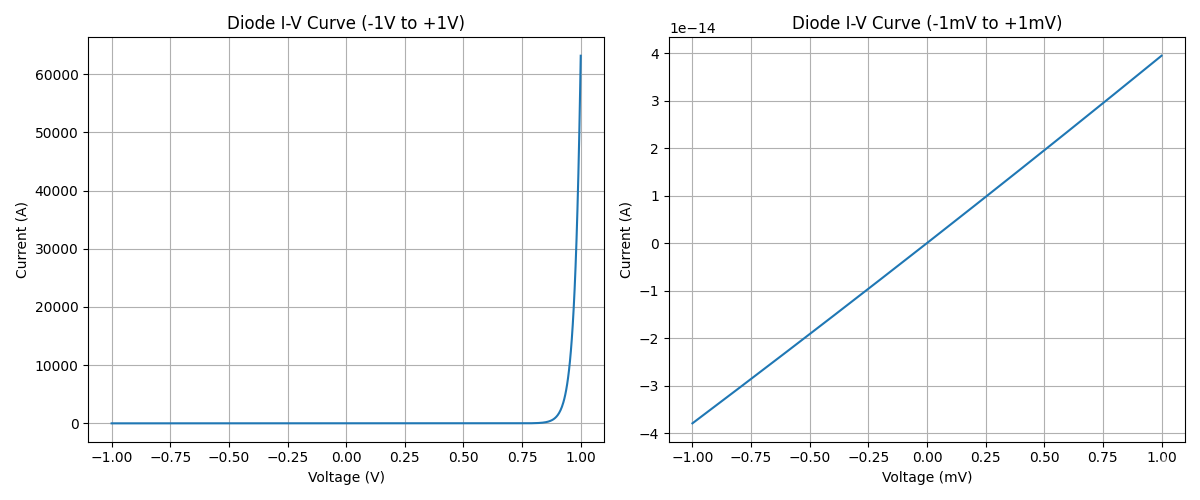
 LessWrong (30+ Karma)
LessWrong (30+ Karma) “Optical rectennas are not a promising clean energy technology” by Steven Byrnes
“Optical rectennas” (or sometimes “nantennas”) are a technology that is sometimes advertised as a path towards converting solar energy to electricity with higher efficiency than normal solar cells. I looked into them extensively as a postdoc a decade ago, wound up concluding that they were extremely unpromising, and moved on to other things. Every year or two since then, I run into someone who is very enthusiastic about the potential of optical rectennas, and I try to talk them out of it. After this happened yet again yesterday, I figured I'd share my spiel publicly!
(For some relevant background context, check out my write-ups on the fundamental efficiency limit of single-junction solar cells, and on the thermodynamic efficiency limit of any solar energy conversion technology whatsoever.)
1. What is a rectenna?
Rectenna is short for “rectifying antenna”, i.e. a combination of an antenna (a thing that can transfer electromagnetic [...]
---
Outline:
(00:58) 1. What is a rectenna?
(02:07) 2. If RF rectennas can turn RF electromagnetic waves into electrical energy, why can't optical rectennas turn sunlight into electrical energy?
(02:52) 3. The easy problem: antennas
(03:48) 4. The hard problem: diodes
(06:31) 5. But what if we combine the power collected by many antennas into a single waveguide, to increase the voltage?
(06:58) 6. But what if we track the sun?
(08:03) 7. But what if we track the sun virtually, with a phased array?
(08:15) 8. But what if we use an impedance converter?
(09:17) 9. But what if ... something else?
---
First published:
September 11th, 2025
Source:
https://www.lesswrong.com/posts/gKCavz3FqA6GFoEZ6/optical-rectennas-are-not-a-promising-clean-energy
---
Narrated by TYPE III AUDIO.
---
Images from the article:

Apple Podcasts and Spotify do not show images in the episode description. Try Pocket Casts, or another podcast app.
